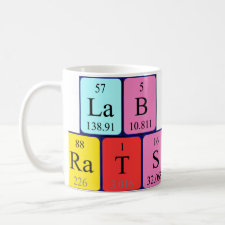
Authors: Zamora-Gálvez A, Morales-Narváez E, Mayorga-Martinez CC, Merkoçi A
Article Title: Nanomaterials connected to antibodies and molecularly imprinted polymers as bio/receptors for bio/sensor applications.
Publication date: 2017
Journal: Applied Materials Today
Volume: 9
Page numbers: 387-401.
DOI: 10.1016/j.apmt.2017.09.006
Alternative URL: http://www.sciencedirect.com/science/article/pii/S235294071730207X
Abstract: Nowadays, nanomaterials are considered a pivotal tool for different fields such as textiles, energy, environment, electronics, photonics, food, agriculture, biomedicine and health care. This is due to their advantageous properties coming from their high surface area, among other physicochemical properties, compared to their respective bulk forms. Nanomaterials, while used in (bio)detection systems, have shown to be extremely valuable to improve the analytical performance of conventional/laboratory methods and move forward biosensing technology. The usage of nanomaterials has been widely spread over the last few years mainly thanks to the great advantages that they offer in the development of conceptually new biosensors or improving the existing ones. This review focuses on how the usage of different nanomaterials have impacted biosensing research underscoring two different types of receptors, including biological receptors such as antibodies and non-biological receptors like molecularly imprinted polymers. The performance of relevant biosensing platforms including lateral flow devices as well as other optical and electrochemical approaches integrating nanomaterials and (bio) receptors are also discussed
Template and target information: Review - nanomaterials in sensor applications
Author keywords: Biosensors, Bioreceptors, Molecularly imprinted polymers, nanotechnology, antibody



Join the Society for Molecular Imprinting

New items RSS feed
Sign-up for e-mail updates:
Choose between receiving an occasional newsletter or more frequent e-mail alerts.
Click here to go to the sign-up page.
Is your name elemental or peptidic? Enter your name and find out by clicking either of the buttons below!
Other products you may like:
 MIPdatabase
MIPdatabase









